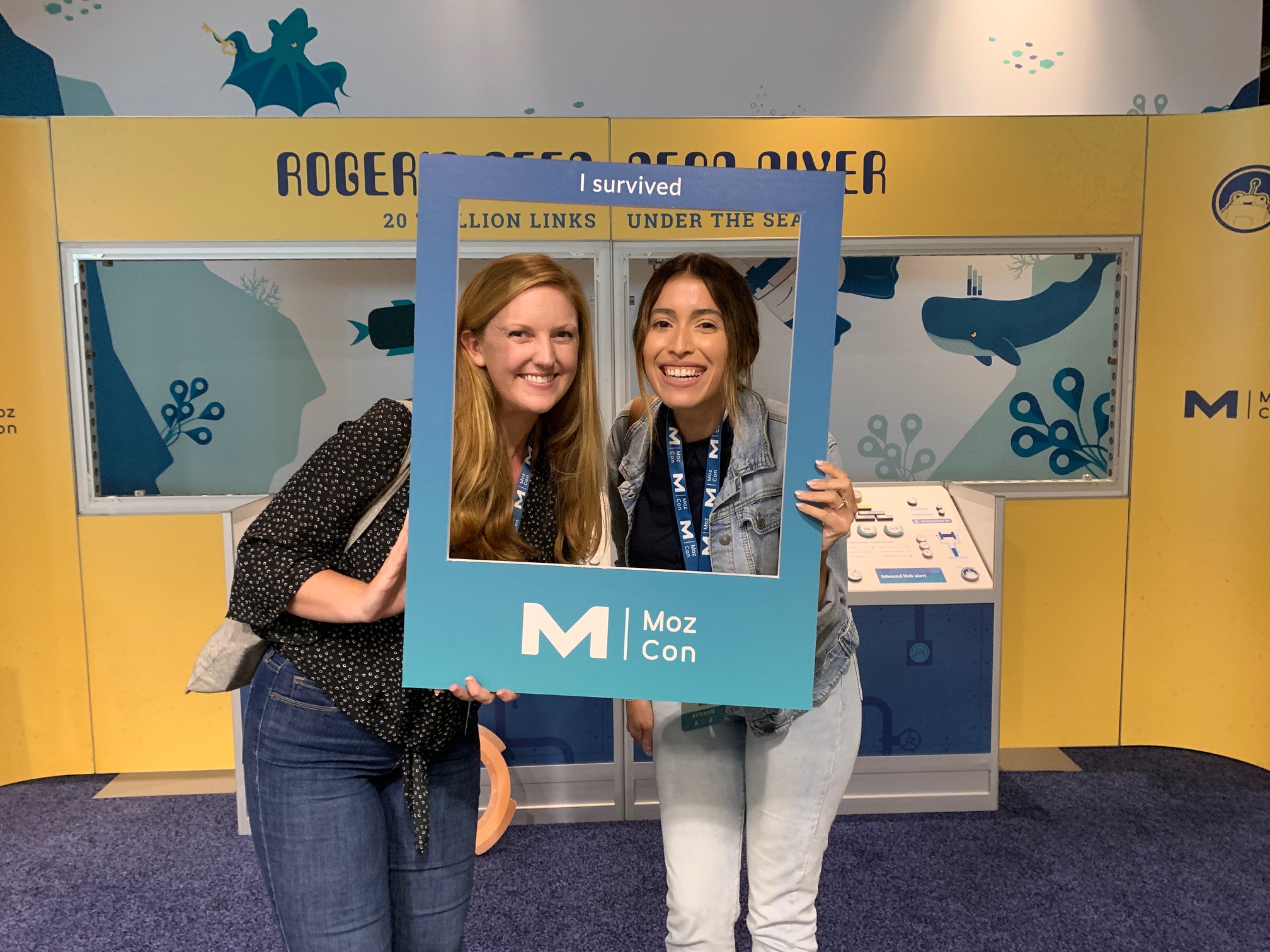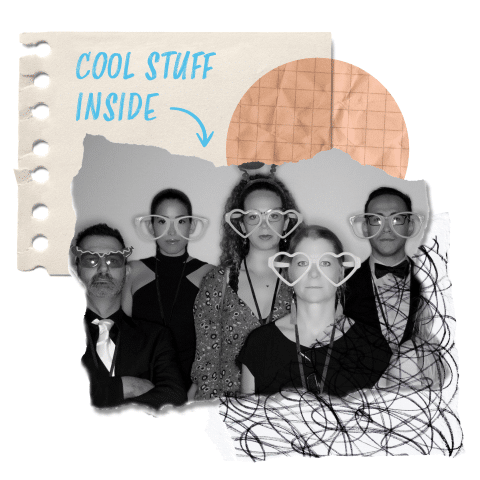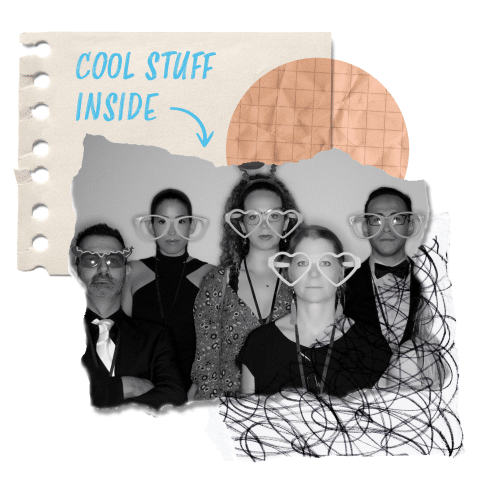We kicked off the summer at MozCon, a one-track, three-day conference packed with the brightest minds in SEO. We learned from experts from the likes of Rand Fishkin of Moz fame and Wil Reynolds of Seer Interactive on the state of content in 2019, and let’s just say we might’ve fangirled (big time). Our team gained a renewed sense of awe for the incredible work the industry is churning out, but perhaps most importantly, we learned how SEO is majorly impacting public relations for nonprofit organizations and socially conscious businesses in California.
TL,DR: Here are 3 SEO takeaways from MozCon 2019 that every public relations professional should know.
Stock video provided by Videvo and Mattia.
1. PR and SEO should be working together.
Gone are the days of keyword stuffing to rank on Google’s SERP. According to Moz co-founder Rand Fishkin, now, it’s all about authority, or your website’s reputation as a thought leader. When calculating a website’s authority, Moz accounts for more than 40 factors, but the most important is inbound links from powerful and influential websites. If you land stories from national newspapers or industry publications that run digitally and include links back to your website, this can take your SEO performance to the next level.
2. Shift from storyteller to story maker.
Oftentimes, in media relations, we plan strategically timed media outreach based on an organization’s program launch, fundraising campaign or event date. And sure, those pushes help generate coverage in a limited time period, but the news has an expiration date… and then we’re on to the next media push.
MozCon speaker and head of PR and marketing at Aira combated this traditional mindset by motivating PR teams to activate storytellers and story makers.
a. Storytellers – Ideate, design and develop campaigns (traditional)
b. Story makers – Create media assets, launch campaigns and undertake reactive outreach (new age)
Story makers identify evergreen news from past campaigns and find creative ways to resurface it to headlines based on current events and news or national holidays.
Mixte Case in point: In the spring of 2018, Mixte did a media push in national fitness trades for the American Council on Exercise’s (ACE) cold water immersion study. The story successfully generated linkbacks to the organization’s website, but stories became dormant shortly thereafter. Mixte’s team of story makers resurfaced the study in the summer of 2018 when we learned that England’s World Cup team members were using locker room ice baths to recover after games. The resurfaced news helped us generate even more media links for ACE, improving its SEO.
3. Social media ranks in Google. Seriously.
When you’re trying to occupy real estate on Google’s search engine ranking page, Twitter offers organizations a (free) solution. MozCon speaker and marketing consultant Marie Haynes says an organization’s Twitter page is likely to show up on page one for their name searches in Google (yep, your bio is more meaningful than you thought). This is a good thing for companies because it’s one less place where your competitors can appear. In addition, a carousal of tweets can help your organization gain attention and take a significant amount of vertical space on the results page. The best part: You don’t need a verified Twitter account to end up with a carousel; you just need to tweet and engage with other users consistently.
But there’s even bigger value to building up your brand on Twitter. Search engines use social signals from the platform to rank an organization’s website. Likes, shares and comments are indicators of authority so they can directly affect your SEO. (So, don’t mind us as we like all of our own posts now…. ?)
Want to learn more about how PR and SEO work together to help values-driven businesses and nonprofits? Sign up for emails from Mixte Communications today. Bonus: You’ll also get our favorite tips for storytelling with leaders fighting for justice.






